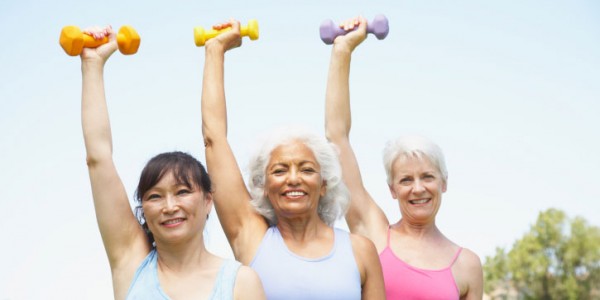Same-language services keep older adults active
According to a study by the Centre for Hip Health and Mobility (CHHM) at the Vancouver Coastal Health Research Institute (VCHRI), foreign-born visible minority older adults in South Vancouver are meeting their daily physical recommendations despite multiple health challenges, including arthritis, osteoporosis, and visual impairments.
Fifty-one foreign-born visible minority older adults in South Vancouver participated in the multi-language, mixed methods study – the largest of its kind investigating foreign-born older adult mobility. Research executed in different languages and among foreign-born populations is rare, even though immigrants constitute 30 per cent of Canada’s older population.
“The purpose of our study is to understand how to design a neighborhood, including supports and services, that allows foreign-born older adults to age independently in their own communities,” explains Catherine Tong, doctoral trainee at CHHM. “We heard repeatedly that South Vancouver’s culturally-appropriate shops, services, and activities offered in their first languages get our participants out the door and moving their bodies.”
Same-language family physicians also proved highly influential.
“Almost every participant told us: ‘It’s my doctor telling me to get out and do those walks’,” explains Tong. “It really speaks to the significant service and preventative health function that same-language care professionals are providing, which they may not even recognize.”
Participants’ native languages included Cantonese, Mandarin, Hindi, and Punjabi. The study’s main population groups were Chinese and South Asian older adults.
While walking around their neighbourhoods provided much of their daily-required physical activity, participants were also active through gardening, errands, and housekeeping.
“We can now show the activities local citizens are engaging in, their priorities, and the needs they’ve expressed,” Tong adds. “Ultimately, we hope our findings will translate into programs that help communities meet their foreign-born older adult population’s needs.”

